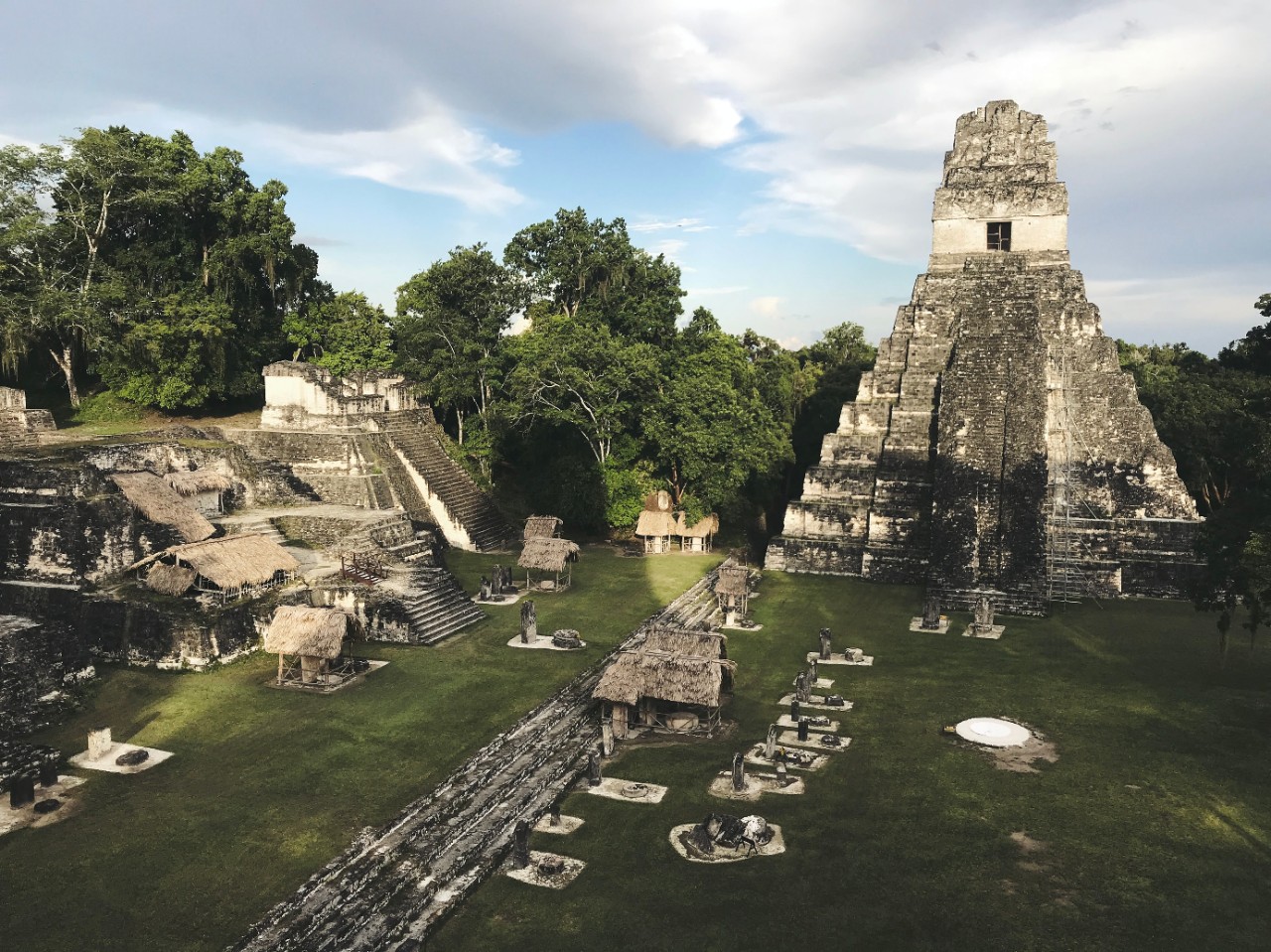
Smithsonian: UC researchers uncover ancient Maya water filtration
UC archaeologists discover sophisticated filtration system at Tikal
Smithsonian Magazine highlighted the discovery by University of Cincinnati archaeologists of an advanced filtration system in the ancient Maya city of Tikal.
UC anthropology professor Kenneth Barnett Tankersley led a multidisciplinary archaeology team that included biologists and geographers in what is now northern Guatemala.

Kenneth Tankersley. Photo/Provided
They found that the ancient Maya imported natural minerals, including quartz and zeolite, for a water filtration system in the Corriental reservoir, believed to be an important source of drinking water for residents of the prehistoric city.
UC’s discovery was published in the journal Scientific Reports.
“What’s interesting is this system would still be effective today and the Maya discovered it more than 2,000 years ago," Tankersley said.
Science Magazine also joined the international media that took interest in UC's findings.
Tikal was a bustling city for about 1,000 years, reaching its peak of population density around the seventh century, according to Science.
“It was one of the preeminent Maya cities,” UC geography professor Nicholas Dunning told Science.
Featured image at top: The ancient Maya city of Tikal in Guatemala. Photo/Jimmy Baum/Wikimedia Commons
UC's ancient Maya insights in the news

A temple rises above the rainforest in the ancient Maya city of Tikal. Photo/David Lentz
Yahoo! News: Ancient Maya built sophisticated water filters that 'would still work today'
Daily Mail: Ancient Maya water purification system 'would still work today,' study shows
Science Daily: Ancient Maya built sophisticated water filters
The Independent: Ancient Mayan societies built sophisticated water filters using materials used in modern purification systems
Daily Express: Archaeology news: Maya built water filtration systems that would be effective today
Sci-News: Ancient Maya used zeolite and quartz to filter drinking water
The Science Times: New archaeological dig finds advanced water filters from Maya civilization
Related Stories
UC’s spring Visiting Writers Series promises robust, diverse...
December 20, 2024
Lovers of literature, poetry and the written word can look forward to a rich series of visiting writer presentations, offered through UC’s College of Arts and Sciences department of English, coming this spring.
Should voters have more say in Ohio's Legislature?
December 19, 2024
UC Professor David Niven talks to WVXU about gerrymandering in Ohio.
What happens when you give co-op students 90 minutes to make a...
December 19, 2024
UC DAAP students on co-op at the Rockwell Group, an architecture firm in Manhattan, are featured in a Wall Street Journal article about the firm's gingerbread house competition. Check out their gingerbread replica of UC's Crosley Tower.
